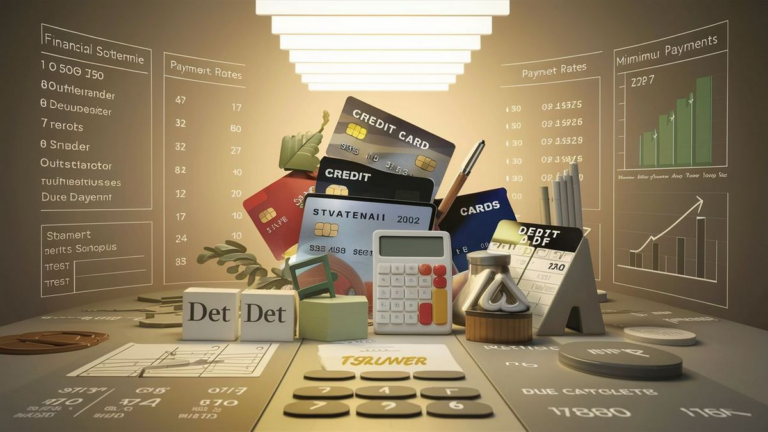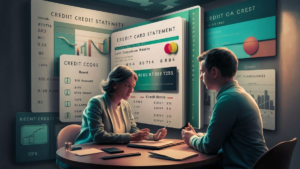When it comes to managing credit card debt, one of the most common questions that individuals face is which credit card to pay off first. With multiple credit cards carrying different balances, interest rates, and terms, deciding where to start can be overwhelming. However, by strategically prioritizing your payments, you can work towards becoming debt-free more effectively.
Assess Your Current Financial Situation
Before determining which credit card to tackle first, it’s crucial to assess your current financial situation. Take stock of all your outstanding debts, including credit card balances, interest rates, minimum monthly payments, and any other loans you may have. This comprehensive view will provide clarity on where you stand financially and help you devise a plan to address your debts.
Consider Interest Rates
One of the most common strategies for paying off credit card debt is to prioritize the card with the highest interest rate. By focusing on paying off the balance with the highest APR (Annual Percentage Rate) first, you can minimize the amount of interest you’ll ultimately pay over time. This approach is often referred to as the “debt avalanche” method.
Utilize the Debt Snowball Method
Alternatively, you may opt for the debt snowball method, which involves prioritizing the smallest balance first, regardless of interest rate. By paying off smaller balances early on, you can gain momentum and motivation to tackle larger debts later. While this method may not save you as much money on interest, it can provide a psychological boost as you see progress more quickly.
Assess Your Personal Preferences
Ultimately, the decision of which credit card to pay off first may also depend on your personal preferences and financial goals. Some individuals prefer the satisfaction of eliminating smaller debts first, while others prioritize saving money on interest over time. Consider your own comfort level and motivation when choosing a strategy that aligns with your needs.
Explore Balance Transfer Options
If you’re struggling with high-interest credit card debt, another option to consider is transferring balances to a card with a lower interest rate. Many credit card issuers offer promotional periods with 0% APR on balance transfers, allowing you to consolidate your debt and save on interest charges. However, be sure to read the fine print carefully and factor in any balance transfer fees before making a decision.
Consult with a Financial Advisor
If you’re still unsure about which credit card to pay off first or how to prioritize your debt repayment strategy, don’t hesitate to seek guidance from a financial advisor. A professional can provide personalized advice based on your unique financial situation, helping you create a plan that sets you on the path to financial stability.
Deciding which credit card to pay off first requires careful consideration of various factors, including interest rates, balances, and personal preferences. Whether you choose to focus on high-interest debt first or prioritize smaller balances for a psychological boost, the key is to develop a plan that works for you and stick to it diligently. By taking proactive steps to tackle your credit card debt, you can achieve financial freedom and peace of mind.
Frequently Asked Questions
Here are some common questions related to paying off credit card debt:
- What should I do if I can’t afford to pay more than the minimum on all my credit cards?
- Is it better to pay off a credit card with a higher balance or one with a higher interest rate?
- How can I negotiate a lower interest rate with my credit card issuer?
- Should I consider debt consolidation as a way to manage my credit card debt?
| Method | Description |
|---|---|
| Debt Avalanche | Prioritize paying off the credit card with the highest interest rate first to minimize overall interest payments. |
| Debt Snowball | Focus on paying off the credit card with the smallest balance first to gain momentum and motivation. |
| Balance Transfer | Transfer balances from high-interest credit cards to ones with lower or 0% introductory APR to save on interest charges. |
Debt Consolidation
Debt consolidation involves combining multiple debts into a single loan or line of credit, often with a lower interest rate. This can simplify repayment and potentially reduce the total amount of interest paid over time. However, it’s essential to weigh the pros and cons and consider any associated fees before pursuing this option.
Creating a Budget
Developing a budget is crucial for managing credit card debt effectively. By tracking your income and expenses, you can identify areas where you can cut back on spending and allocate more funds toward debt repayment. A well-planned budget can help you stay on track and reach your financial goals sooner.
See also:






